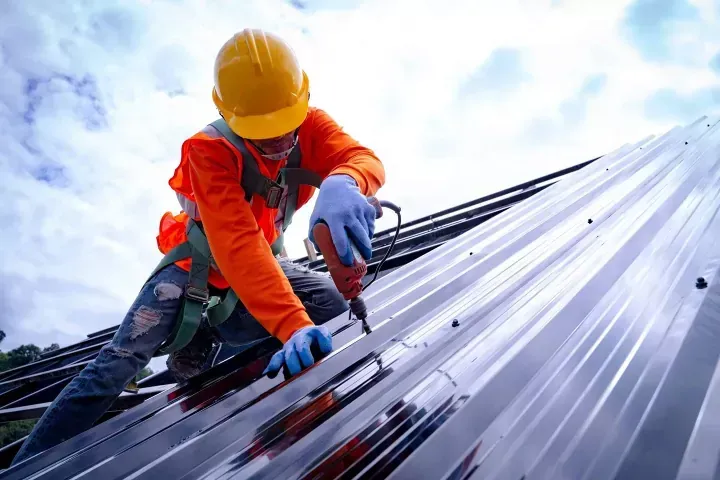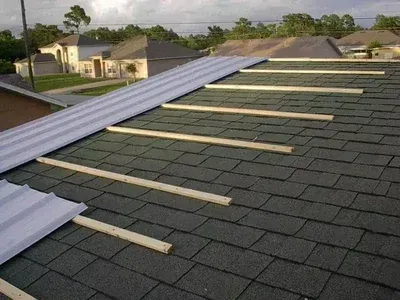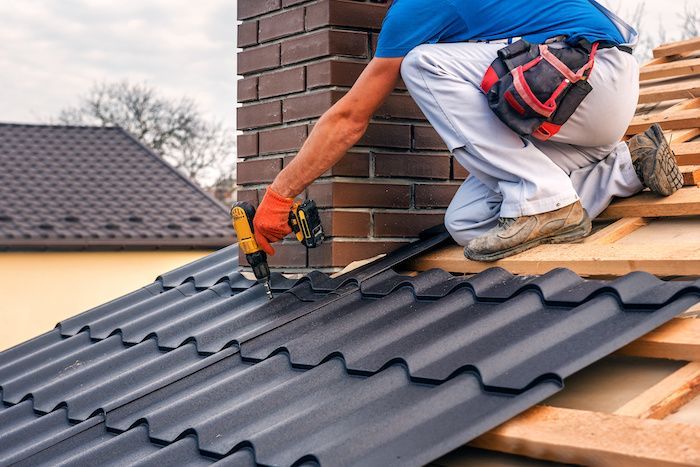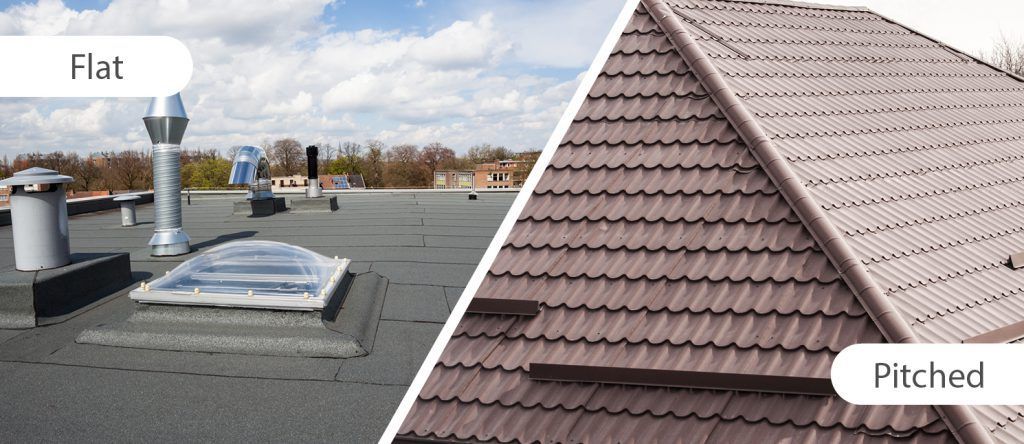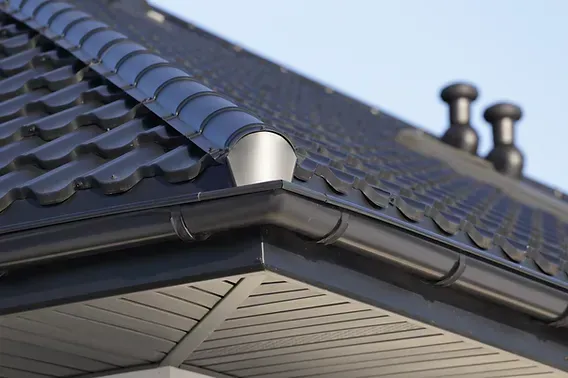How Often Should You Replace Your Roof? Check These Signs!
TLDR;
Most roofs need
replacement every 20 to 30 years, depending on material, climate, and maintenance. Signs that indicate a roof replacement is needed include curling or missing shingles, water leaks, sagging, and visible damage. Regular inspections help prevent costly repairs and ensure the longevity of your roof.
Roof Lifespan by Material
The lifespan of your roof largely depends on the materials used. While asphalt shingles are the most common roofing material, they have a relatively short lifespan compared to metal, slate, or tile roofing. Below is a breakdown of the average lifespan of different roofing materials:
| Roofing Material | Lifespan (Years) |
|---|---|
| Asphalt Shingles | 20-30 |
| Metal Roofs | 40-70 |
| Wood Shingles | 25-40 |
| Clay Tiles | 50-100 |
| Slate Roofing | 75-150 |
Factors like climate, maintenance, and installation quality also play a significant role in how long your roof lasts. For instance, roofs in areas prone to extreme weather conditions may need replacement sooner than their expected lifespan.
Warning Signs That You Need a Roof Replacement

Even if your roof hasn’t reached the end of its expected lifespan, certain warning signs indicate that a replacement may be necessary. Here’s what to look out for:
1. Your Roof Is Over Its Expected Lifespan
If your roof is 20+ years old, it’s time to start monitoring for deterioration. Even if there aren’t visible signs of damage, aging materials may no longer provide adequate protection.
2. Visible Damage to Shingles
Shingles should lie flat against the roof. If you notice curling, cracking, or missing shingles, your roof is deteriorating and may need replacement soon.
3. Water Leaks & Stains Inside Your Home
Check your attic and ceilings for water stains, damp insulation, or mold growth. Leaks often indicate that the protective layers beneath the shingles have been compromised.
4. Sagging or Structural Weakness
A sagging roof is a serious issue that suggests structural damage. This could be due to prolonged exposure to moisture, weakened roofing materials, or foundational problems.
5. Granule Loss from Shingles
If you notice an excessive amount of granules accumulating in your gutters, your shingles are wearing down and may not provide sufficient protection.
6. Increased Energy Bills
A deteriorating roof can compromise insulation and ventilation, leading to higher heating and cooling costs. If you notice a sudden spike in energy bills, your roof could be a factor.
DIY Roof Inspection Checklist (Preventative Maintenance)
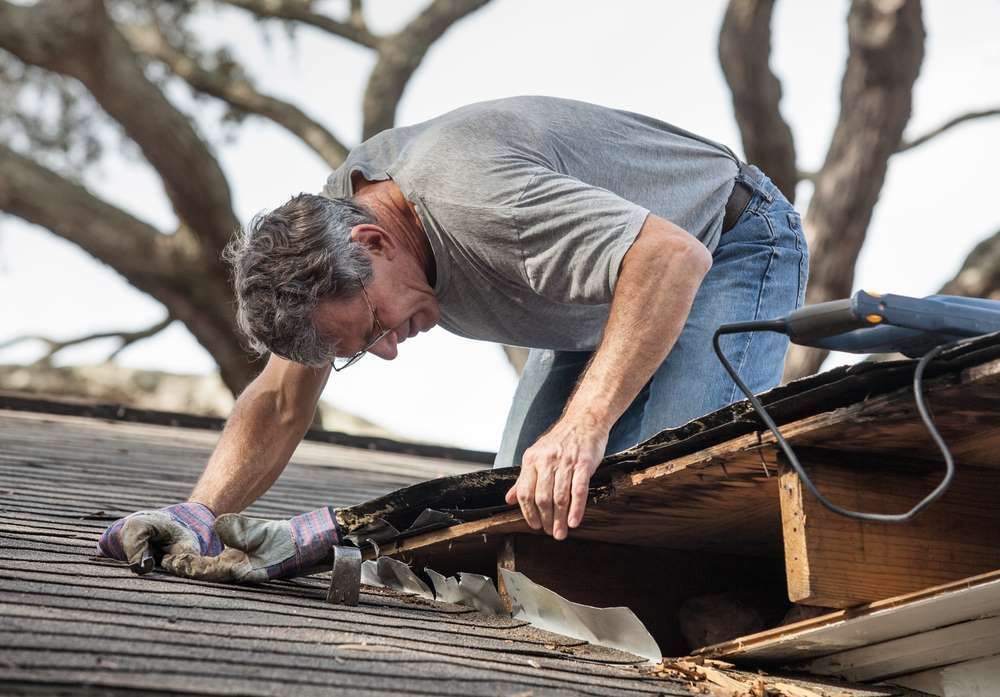
Regular inspections help homeowners catch minor issues before they become major problems. Here’s a quick checklist to assess your roof’s condition:
- Use binoculars to inspect for missing or damaged shingles from the ground.
- Check for cracks in the flashing around chimneys and vents.
- Look for dark streaks or moss growth, which indicate moisture retention.
- Examine your attic for daylight coming through the roof boards.
- Inspect gutters for granule accumulation from shingles.
- Check for sagging areas that may suggest structural issues.
Roof Repair vs. Replacement: Which is Better?
Not all roof issues require a full replacement. Sometimes, repairs are sufficient to extend the lifespan of your roof. Here’s a quick guide to help you decide:
| Condition | Repair | Replace |
|---|---|---|
| Few missing shingles | ✅ | ❌ |
| Widespread curling shingles | ❌ | ✅ |
| Water leaks in multiple areas | ❌ | ✅ |
| Sagging or structural weaknesses | ❌ | ✅ |
| Shingle granule loss | ✅ | ❌ |
If your roof has widespread damage, frequent leaks, or visible sagging, replacing it is usually the best option to avoid costly repairs down the line.
Choosing the Right Roofing Material for Longevity

When replacing your roof, selecting the right material is crucial for durability and cost-effectiveness. Choosing the right roofing material can make a significant difference in your home’s longevity, energy efficiency, and overall maintenance requirements. Here’s a breakdown of the most common roofing materials:
- Asphalt Shingles – Affordable but requires replacement every 20-30 years.
- Metal Roofing – Long-lasting (40-70 years) and energy-efficient.
- Clay & Slate Tiles – Expensive but extremely durable (50-150 years).
- Wood Shingles – Natural aesthetic but requires regular maintenance.
Each material has pros and cons, so consider factors like climate, budget, and long-term maintenance before making a decision.
Energy-Efficient & Eco-Friendly Roofing Options
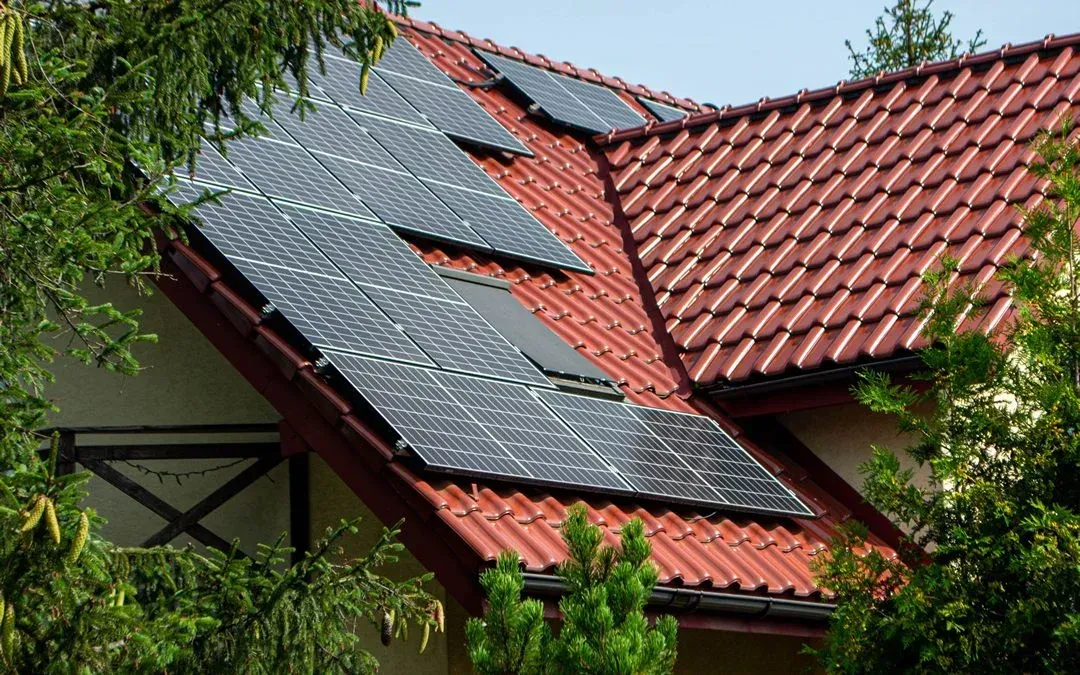
For homeowners looking to reduce their environmental impact and energy costs, eco-friendly roofing options are worth considering:
- Cool Roofing Materials – Reflect heat, keeping your home cooler and reducing energy bills.
- Solar Roofing – Solar panel-integrated roofs generate renewable energy.
- Recycled Materials – Options like metal or rubber roofing made from recycled materials are sustainable and durable.
When to Call a Professional Roofing Contractor
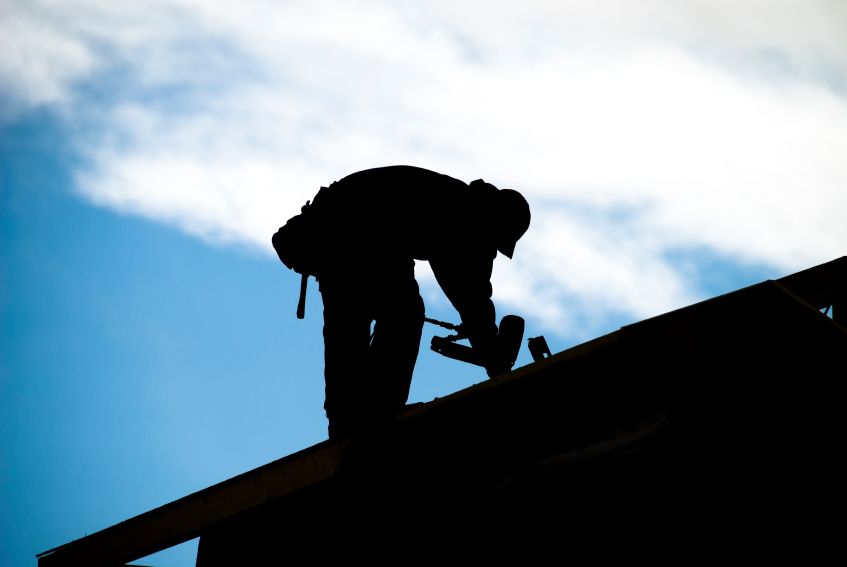
While DIY inspections can help, professional evaluations ensure your roof’s structural integrity. Here’s when to call a licensed roofing contractor like Amish Roofing:
- If you notice major leaks, sagging, or significant damage.
- If your roof is past its expected lifespan and you’re unsure of its condition.
- To get an expert assessment and replacement estimate.
Hiring a trusted contractor ensures proper installation, maximizing your roof’s durability and performance.
Final Thoughts: Stay Proactive to Avoid Costly Roof Damage
Replacing your roof on time is essential for protecting your home, reducing repair costs, and maintaining energy efficiency. Regular inspections and proactive maintenance can extend your roof’s lifespan. When in doubt, consult a professional roofing contractor like Amish Roofing to assess your roof’s condition and determine the best course of action.

